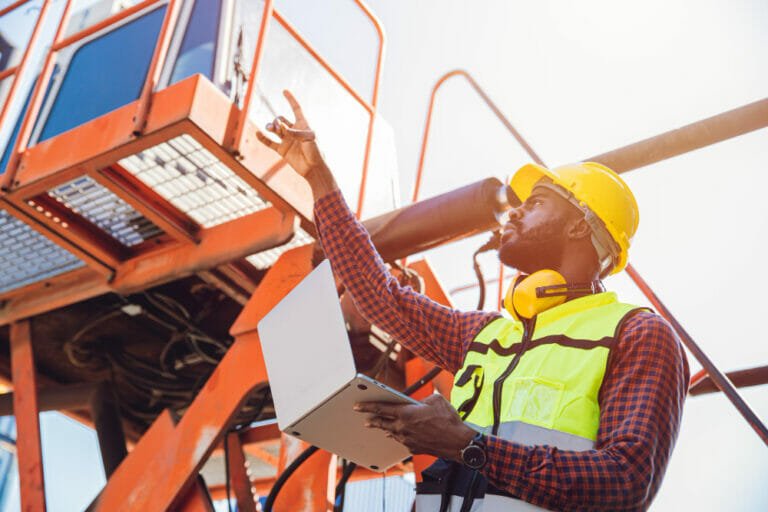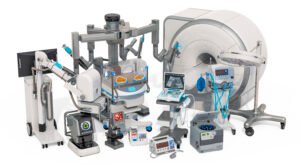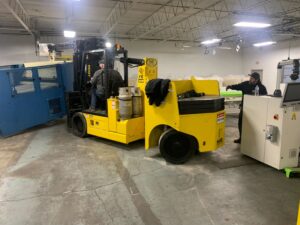Safety is paramount in the construction industry, and when it comes to working with cranes, it becomes even more critical. Cranes are powerful machines that can lift massive loads, but without proper regulations and compliance, they can pose significant risks to workers and the public. In this blog, we’ll delve into the world of crane safety regulations and how companies like Alltracon ensure compliance to create safer work environments.
Understanding Crane Safety Regulations
- OSHA Regulations: The Occupational Safety and Health Administration (OSHA) sets stringent standards for crane safety in the United States. These standards cover various aspects, including crane operator certification, inspection and maintenance requirements, and load capacity limits.
- ASME Standards: The American Society of Mechanical Engineers (ASME) provides guidelines for crane design, operation, and maintenance. Compliance with ASME standards is essential to ensure the structural integrity and safe operation of cranes.
- Load Charts: Load charts are essential references that detail a crane’s safe lifting capacities at various boom lengths and angles. Operators must consult these charts to ensure they do not exceed safe load limits.
- Inspection and Maintenance: Regular inspections and maintenance are crucial for crane safety. OSHA mandates that cranes undergo daily, monthly, and annual inspections, and any issues identified must be addressed promptly.
Ensuring Compliance at Alltracon
At Alltracon, we take crane safety regulations seriously. Here’s how we ensure compliance:
- Operator Training: All our crane operators undergo rigorous training and certification processes to meet OSHA requirements. We ensure they are well-versed in safe crane operation techniques.
- Regular Inspections: Our cranes undergo daily pre-operation inspections, monthly preventive maintenance, and annual comprehensive inspections. This proactive approach helps identify and address potential issues before they become safety hazards.
- Technology Integration: We leverage advanced technology, such as crane load monitoring systems, to enhance safety. These systems provide real-time data on load weights, preventing overloads.
- Documentation and Record-Keeping: Compliance is not just about following regulations; it’s about documenting our efforts. We maintain detailed records of inspections, maintenance, and operator certifications to demonstrate our commitment to safety.
Safety Culture at Alltracon
Beyond regulations and compliance, safety is ingrained in our company culture. We foster an environment where every team member feels responsible for safety. This includes:
- Safety Training: We provide ongoing safety training for all employees, not just crane operators. Awareness and education are key to preventing accidents.
- Reporting Mechanisms: We encourage reporting of any safety concerns or incidents, and we investigate each case thoroughly to prevent recurrences.
- Continuous Improvement: We constantly evaluate and update our safety procedures to incorporate the latest industry best practices.
Conclusion
Crane safety regulations and compliance are non-negotiable in the construction industry. At Alltracon, we not only meet these standards but also go above and beyond to ensure a culture of safety. By prioritizing safety, we not only protect our team but also contribute to safer construction sites and communities. In the world of cranes, safety is our foundation, and compliance is our commitment.















